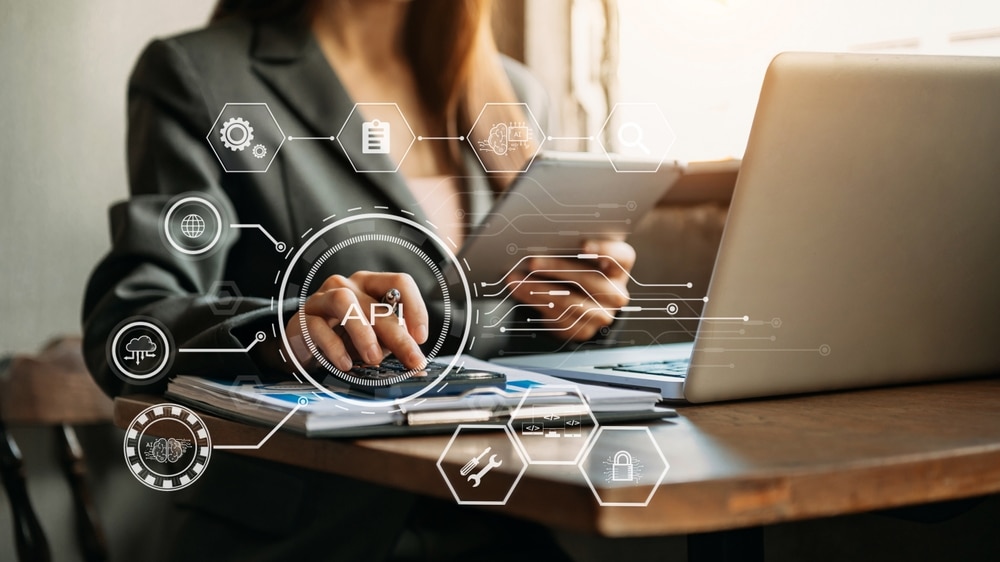In the world of modern development, the use of geocoding APIs extends far beyond simply creating maps.
These APIs have become a powerful tool, capable of transforming the way we perceive and interact with spatial data.
This article explores some of the creative applications of geocoding API, highlighting how they are being utilised to enhance storytelling, augment reality, promote inclusivity, and integrate with the Internet of Things (IoT).
Geospatial storytelling: Incorporating geocoding API for narrative location experiences
Geospatial storytelling is an emerging trend that combines narrative with location data to create immersive experiences. By incorporating a geocoding API, developers can create applications that provide context-specific narratives based on the user’s geographical location.
For instance, imagine a mobile application that narrates historical events as users navigate a city. As they wander through the streets, the geocoder API could pinpoint their location and trigger audio snippets relevant to the buildings or landmarks they pass. This geospatial storytelling approach not only enriches a user’s understanding of a place but also provides an engaging and interactive experience.
Moreover, geospatial storytelling has also found its place in journalism and data visualisation. News outlets are using geocoding APIs to create interactive maps that guide readers through stories, while data visualisation experts are using them to create dynamic infographics that tell stories with data. This innovative use of geocoding APIs has truly transformed storytelling, making it a more immersive and interactive experience.
Augmented reality mapping: Enhancing visualisations with geocoding API data
Augmented reality (AR) has revolutionised the way we interact with digital content. By overlaying virtual data onto the real world, AR applications can provide users with enhanced visualisations of their surroundings. A key component in these applications is the geocoding API, which provides the location data necessary to anchor virtual objects in the real world.
For instance, AR mapping applications can use geocoding API data to accurately place virtual markers at specific real-world locations. These markers could represent anything from points of interest to user-generated content, providing users with a rich, interactive map that goes far beyond traditional cartography.
Furthermore, geocoding APIs can also be used to create AR navigation systems. By translating GPS coordinates into real-world locations, these systems can guide users to their destination with visual prompts overlaid onto their surroundings. This creates a more intuitive navigation experience and is particularly beneficial in complex environments where traditional maps may be less effective.
Inclusive mapping: Leveraging geocoding API for accessibility in location-based services
Inclusive design is a crucial aspect of modern development, ensuring that digital products are accessible to as many users as possible. This principle extends to mapping applications, where geocoding APIs can play a vital role in promoting accessibility.
For users with visual impairments, for example, geocoding APIs can be used to create auditory maps. By translating location data into audio cues, these maps can guide users through their surroundings, making location-based services more accessible to those who cannot rely on visual information.
In addition, geocoding APIs can also enhance the accessibility of physical spaces. By providing precise location data, these APIs can be used to generate detailed maps of building interiors, helping users with mobility impairments navigate complex environments. These maps could indicate the location of ramps, elevators, and accessible restrooms, providing users with the information they need to navigate the space confidently and independently.
IoT integration: Connecting devices and sensors to geocoding API for smarter environments
The Internet of Things (IoT) is a network of interconnected devices and sensors that collect and exchange data. By connecting these devices to a geocoding API, developers can create smarter environments that respond dynamically to their inhabitants.
Consider, for instance, a smart city application that uses geocoding API data to manage traffic flow. By tracking the location of vehicles and adjusting traffic signals accordingly, the application could reduce congestion and improve traffic flow. Similarly, a smart home application could use geocoding API data to adjust household systems based on the occupants’ locations. If the occupants are away, for example, the application could turn off unnecessary lighting and heating to conserve energy.
Moreover, integrating geocoding APIs with IoT devices could also enhance safety and security. For instance, wearable devices could use geocoding APIs to send location data to emergency services in the event of an accident or incident. In a world where data is becoming increasingly important, the combination of geocoding APIs and IoT devices holds significant potential for creating smarter, safer environments.
In conclusion, the applications of geocoding APIs extend far beyond mapping. Whether enhancing storytelling, augmenting reality, promoting inclusivity, or integrating with IoT, these APIs offer exciting possibilities for modern development. As we continue to explore the potential of spatial data, it’s clear that geocoding APIs will play a crucial role in shaping our digital futures.





